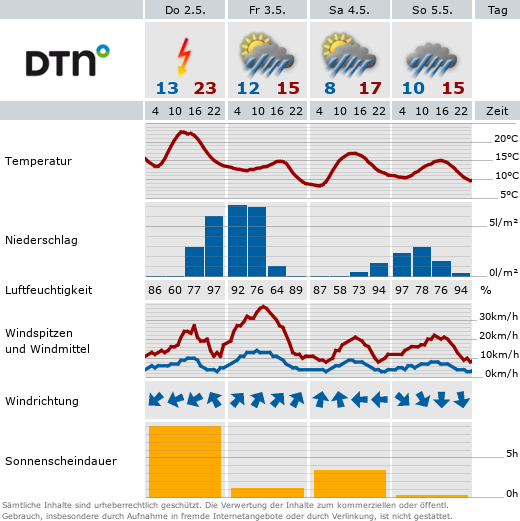Researchers read magnetic structures with light

Thanks to magnetic structures, a single hard disk can now store several million megabytes. However, accessing this concentrated information is still relatively slow with data rates of a few hundred megabytes per second. Initial experiments have already shown that fast electrical pulses could reduce the readout time from milliseconds and microseconds to a few nanoseconds. Reading with light would be thousands of times faster still. In their latest publication, the physicists from Dortmund and Dresden present an initial basis for this ultra-fast reading of magnetic structures within picoseconds. Among other things, they used extremely short and intense terahertz pulses generated by the "ELBE" radiation source at the HZDR to analyse the magnetization of wafer-thin material samples. The material consisted of two layers, each of which was a maximum of three nanometers "thick" and could therefore be penetrated by part of the terahertz radiation. This partial transparency is a prerequisite for reading the magnetization with light.
In the experiments, the terahertz flashes generated a large number of interactions between light and matter. In combination with other optical short-pulse lasers, the team was able to visualize and decipher very fast relativistic quantum effects in the wafer-thin layers. "After penetrating the sample, the terahertz pulses receive a so-called harmonic, and it is precisely this that we can detect and thus determine the magnetization of the lower material layer within picoseconds," says Dr Sergey Kovalev from TU Dortmund University, who led the experiments together with Dr Ruslan Salikhov from HZDR. The current findings are the result of many years of cooperation between the Institute of Ion Beam Physics and Materials Research at the HZDR and Prof. Zhe Wang's working group at the Department of Physics at TU Dortmund University. Some of the experiments took place in Dortmund.
Although there is still a very long way to go from this success in basic research to an ultra-fast hard disk, research is already being carried out into not only reading but also writing magnetically stored data using terahertz radiation. This requires both much more compact sources for short terahertz pulses and powerful sensors for analyzing them.
To the publication in Nature Communications
Contact for further information:










